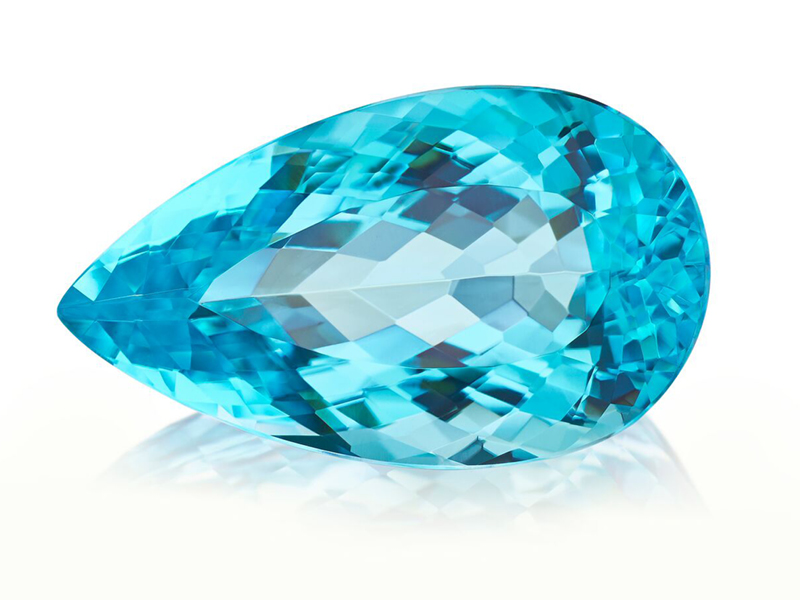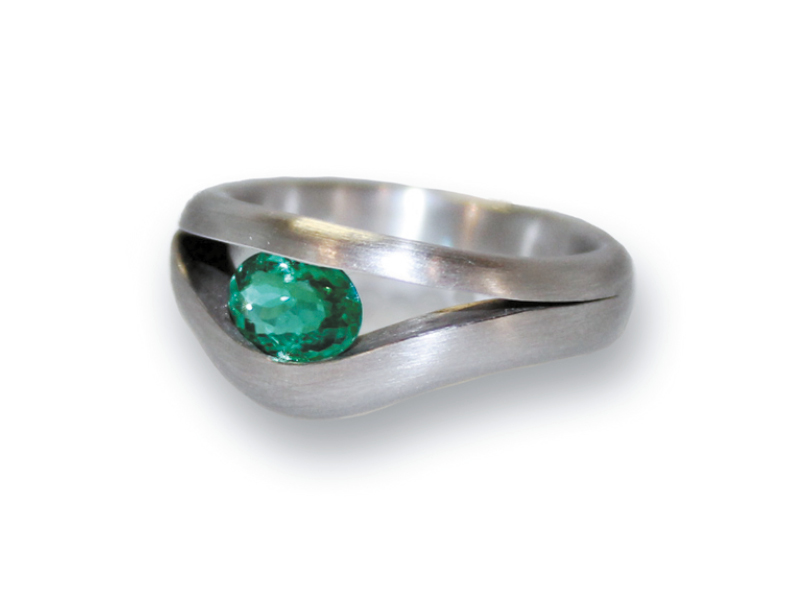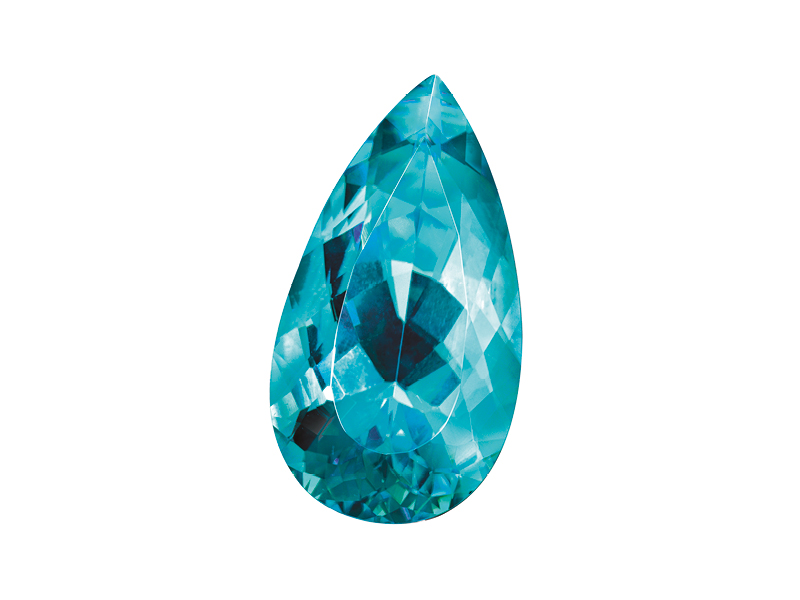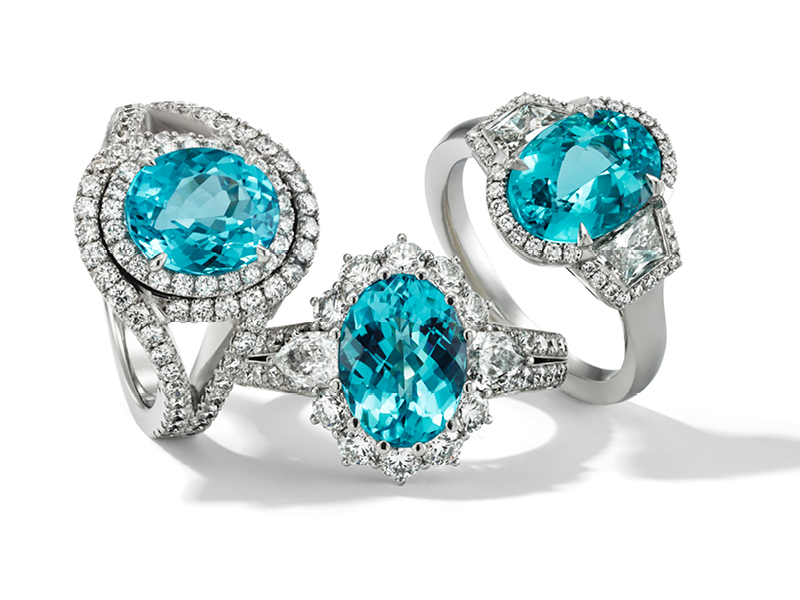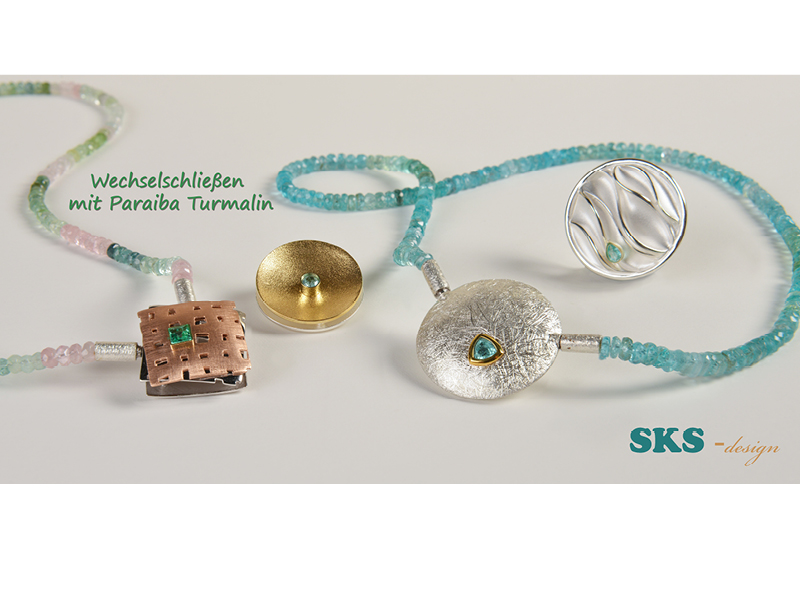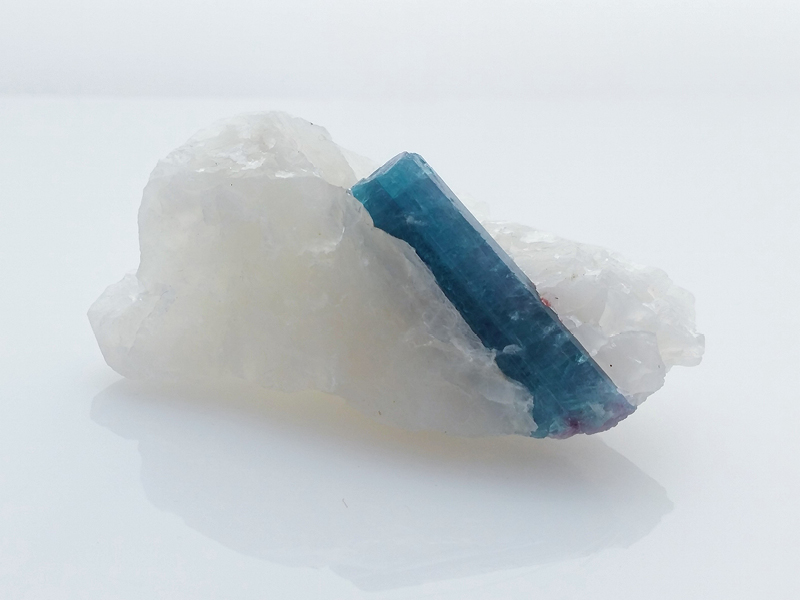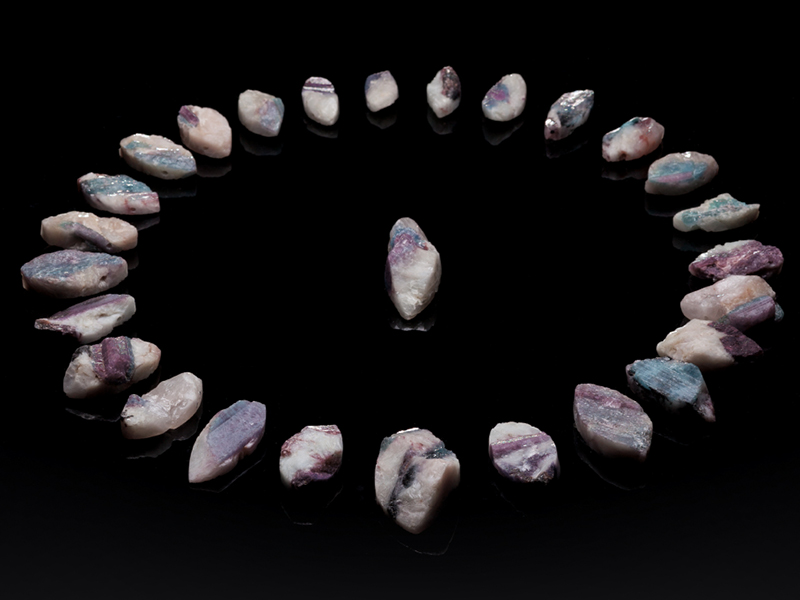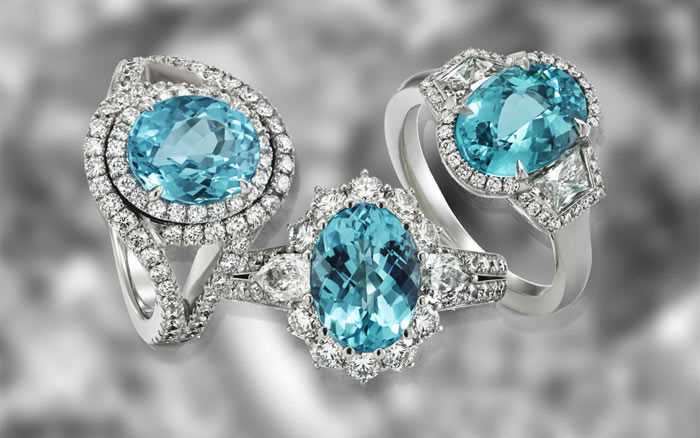
Paraiba Tourmaline
Idar-Oberstein – The Paraiba tourmaline is one of the most sought-after gemstones in the world. Its incredible beauty and rarity have made it one of the most coveted trend stones of recent years, with prices exploding as a consequence. „What few people know is that the potential of the Paraiba was first discovered by cutters from Idar-Oberstein, who triggered the hype,“ reports INTERGEM Fair Manager Kai-Uwe Hille. „This is why we are placing a particular focus on this tourmaline variant this year.“
Numerous exhibitors at the INTERGEM will be displaying their latest Paraiba finds – amongst other items. „For years now, Paraiba tourmalines have been among the most popular coloured gemstones,“ reports Nicole Ripp of Groh + Ripp, which is bringing an extensive range of Paraibas to the fair. „This is unsurprising: its lush turquoise is not only incredibly beautiful, the brilliance of these tourmalines is incomparable to that of any other gemstone – there are no alternatives.“ This is confirmed by Constantin Wild of the eponymous Idar-Oberstein cutting enterprise: „Paraiba tourmalines have been the big story on the gemstone market for two decades now. Prices for good stones have risen hundredfold during this time. In the jewellery market Paraiba has the same level of demand as diamonds, emeralds and sapphires. For many customers the Paraiba tourmaline represents the entry point to the fascinating world of coloured gemstones.“ Jewellery manufacture Richard Hans Becker has pieces in its portfolio that are characterised by the incredible beauty and scarcity of the Paraiba tourmaline. „This is pure nature,“ enthuses company boss Hans-Joachim Becker. “We are always looking to offer smaller, more affordable stones in our range – no easy task.“
And the tourmalines, which owe their blue-green colour to traces of copper, really are difficult to find on the world market. The deposits in the Brazilian state of Paraiba, which gives the stone their name, have nearly exhausted. At the end of 2000 the first tourmalines containing copper and manganese came on the market from the Nigerian state of Oyo, whilst Mozambique has been the main supplier of copper-content tourmalines since 2005. Despite their African origin they are still allowed to bear the name Paraiba tourmaline, as this refers to the unique colour variants that make them distinct from other tourmalines. However, the African deposits are also limited: „The shortage of raw material means that it is increasingly difficult to find stones that we can cut, especially in very fine qualities. Resources are exhausted at the moment,“ says Nicole Ripp.
The support programme at this year’s INTERGEM also focuses on the Paraiba tourmaline. Dr. Claudio Milisenda, Managing Director of the German Foundation for Gemstone Research (DSEF), will present a lecture on the deposits, properties and characteristics of Paraiba tourmaline. He will also use a portable spectrometer to illustrate the presence of copper in Paraiba tourmaline.
